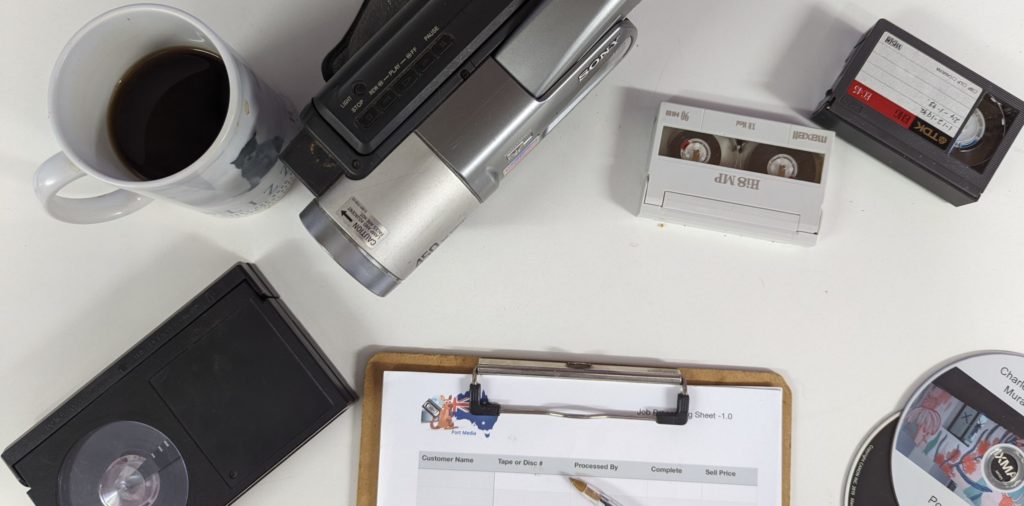Are you wondering about the difference between VHS tapes and Betacam tapes? Well, you’re not alone. With the rise of digital media, these analog mediums have become a thing of the past, but they still hold a special place in the hearts of many media enthusiasts.
First, let’s start with VHS tapes. VHS stands for Video Home System and was introduced in the 1970s. It quickly became the dominant format for home video due to its affordability and ease of use. VHS tapes were larger and thicker than Betacam tapes and were designed to be played on a VCR (Video Cassette Recorder).
Betacam tapes, on the other hand, were introduced in the 1980s and were primarily used by professionals in the television and film industry. Betacam stands for BetaCamcorder and was a spinoff of the Betamax format, which was a consumer format that lost out to VHS in the home video market.
Betacam tapes were smaller and thinner than VHS tapes and were designed to be played on a Betacam player. They were more expensive than VHS tapes but offered higher quality video and better color reproduction. Betacam tapes also had a longer lifespan and were less prone to wear and tear compared to VHS tapes.
Another key difference between VHS tapes and Betacam tapes is the recording time. VHS tapes typically offered up to six hours of recording time in standard play mode, while Betacam tapes only offered up to 30 minutes of recording time. However, Betacam tapes offered higher quality recordings, which was more important for professional use.
Both VHS tapes and Betacam tapes had their own strengths and weaknesses, which made them suitable for different purposes. VHS tapes were ideal for recording home movies and TV shows, while Betacam tapes were used for professional broadcasting and high-quality video productions.
In conclusion, VHS tapes and Betacam tapes were two different analog mediums that represented different eras in media history. While VHS tapes were more commonly used in the home video market, Betacam tapes were primarily used by professionals in the television and film industry. Regardless of the differences, both VHS tapes and Betacam tapes played an important role in shaping the way we consume and produce media today.

